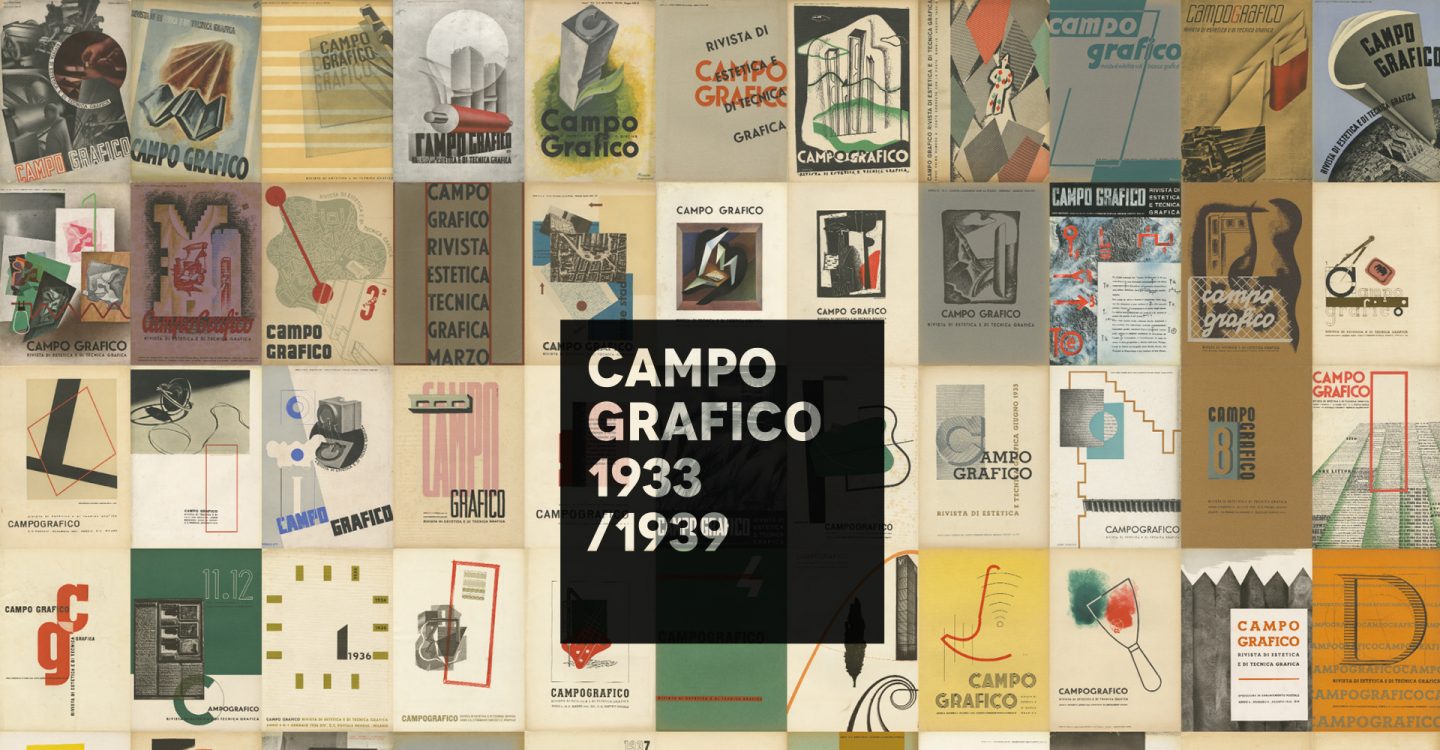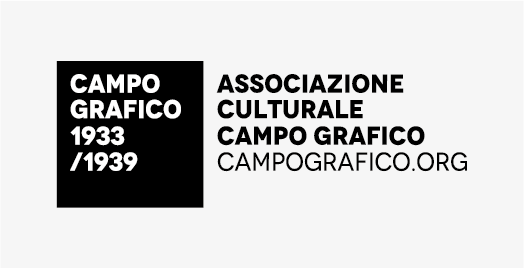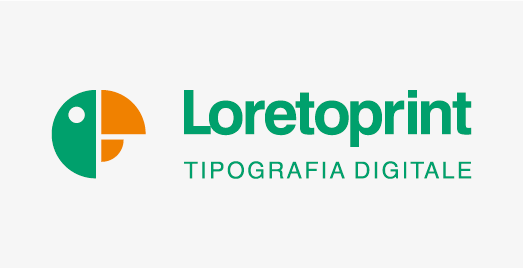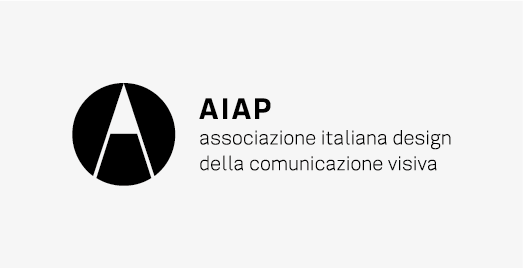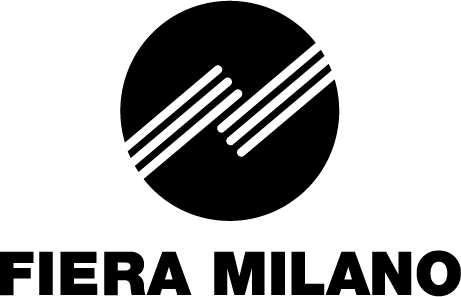Concept
Campo Grafico 1933/1939: the birth of graphic design’ (25 March – 10 April 2022).
For the first time all 66 numbers of the Campo Grafico journal are displayed at the ADI Design Museum in an exhibition on the eve of the 90th anniversary of the first issue. Curated by the ‘Associazione Campo Grafico’, the exhibition displays a cultural phenomenon of worldwide significance.
Campo Grafico started off in Milan under the influence of the great cultural and artistic avant-gardes of the twentieth century. It soon became a forum where trends and ideals converged to give rise to an Italian style of typography and communication.
The 1,650 pages (plus 114 tipped-in inserts and other printed material) of the 66 issues on display – now fully digitised and free for consultation on www.campografico.org – testify to the impact of this magazine, which despite being published in only 500 copies, clearly communicated ‘tendencies and media during a time of profound changes’.
Attilio Rossi, Carlo Dradi, Guido Modiano, Luigi Veronesi, Enrico Bona, Ezio D’Errico, Antonio Boggeri and Bruno Munari were the ‘founding fathers’ of graphic design and their efforts led to a real revolution between the wars, initiating entirely new ways of combining texts and images in graphics.
Symbolically, Campo Grafico took off just as the Nazis closed down the Bauhaus. The fact that Fascism had not so much as a single idea concerning art and culture allowed the journal to carry out an action of renewal, in some cases iconoclastic, and even irritating individuals linked to the Regime. Nonetheless, a clash occurred in 1934 when Attilio Rossi, first editor of the journal, refused to publish the posters of Persico and Nizzoli in favour of Mussolini’s plebiscite.
With mixed fortunes the journal continued until 1939 when the driving thrust of the early years came to an end. However, its extraordinary quality and its ‘long hard look’ at graphic design, bring it back today to the centre of the cultural scene.
………………………………………………………………………………………………………………
Exhibition: Campo Grafico 1933/1939: the birth of graphic design
Place: ADI Design Museum
Address: Piazza Compasso d’Oro 1, 20154 Milan
Free entrance: Via Ceresio 7, Milan
Inauguration: Thursday 24 March 17.15
Opening: dal 25 marzo al 10 aprile 2022
Hours: 10.30 – 20.00 (closed on Mondays)
………………………………………………………………………………………………………………
About Campo Grafico
In Milan between the two wars, Campo Grafico – the journal of graphic techniques and aesthetics, stands out as a highly original collective enterprise in what we can now consider as the ‘creative years’, when modern taste was fermenting: discussions on abstract art and its exhibitions, the debate on the future of architecture, up to the new typography – as presented in 1933 at the German graphic exhibition for the 5th Triennial and symbolised by Paul Renner’s Futura typeface.
The journal immediately became an ideal meeting point for free and independent spirits, many of whom were destined to remain in absolute anonymity. Whatever their training, technical and / or artistic, their minds were open to the intellectual stimuli typical of the European avant-garde of the 1930s.
As the first editor of Campo Grafico Attilio Rossi recalled fifty years later, ‘the experiences and teachings of the Bauhaus and other European avant-gardes in all fields of culture, flowed programmatically into a totally new experimental graphic arts magazine’.
The adventure began in 1932 in a restaurant in Via delle Asole in Milan, where the core group of founders met periodically. A profound rejuvenation of the sector was called for: the quality of typography had to be taken up to the level of photography. Aesthetically there was the need to sweep away the rigid neoclassical symmetries and the concept of typography as art – the traditional workhorses of Raffaello Bertieri’s journal, Il Risorgimento Grafico.
Among the first ‘campisti’ as the collaborators of Campo Grafico were called, there are the names of the ‘founding fathers’ of graphic design, including Attilio Rossi, Carlo Dradi, Guido Modiano, Luigi Veronesi, Enrico Bona, Ezio D’Errico, Antonio Boggeri and Bruno Munari.
At last it was possible to discuss the new graphic aesthetics that Guido Modiano and Edoardo Persico had anticipated in the journal Tipografia (1931-1932), but also the identity and role of that new professional, the graphic designer – and this implicated a profound renewal of teaching programmes in vocational schools.
The miracle became possible thanks to the voluntary work of professionals (typographers, typesetters, Linotype operators, phototypesetters, graphic designers and lithographers) and the hospitality – but only on Sundays – offered by a few printers.
The initiative was also supported by several friends from other fields – painters, set designers, sculptors and architects – who every evening went to the Dradi-Rossi Studio in via Rugabella 34 in Milan (where the journal was housed since 1934). No distinction was made between manual and intellectual work.
The 500 copies of each issue were sold by subscription to supporters as well as printers – who often used the journal as a working tool. And this largely explains why complete collections of the 66 issues which have survived intact to this day can be counted on the fingers of one hand.
In addition to advertising and articles, the magazine also often included printed matter outside of the texts: book jackets, writing papers, greetings cards, holiday closing notices, posters, leaflets, postcards, children’s graphics, announcements, price lists etc., etc. Some of these were inserted loose inside the journal.
The Campo Grafico Association
80 years after the first issue of Campo Grafico, on January 31, 2013 Gaetano Grizzanti set up the CAMPO GRAFICO ASSOCIATION in Milan together with Mauro Chiabrando and the sons of the journal’s founders: Massimo Dradi (who died in 2018) and Pablo Rossi. The Association is a cultural, non-partisan, non-denominational, non-profit organization.
As an official body and authoritative source on the history of Campo Grafico, the Association aims to preserve the cultural and documentary memory of the original journal, created in Milan from 1933 to 1939.
Thanks to its pioneering work in the graphic and typographic arts, still recognized all over the world as an incubator of modern communication design, Campo Grafico revolutionised the discipline of visual design. Today it is an Italian and global cultural heritage.
In picking up the legacy and the ideals of the journal, with the same pioneering resolve of the campisti and in continuity with their aesthetic principles and pragmatic approach, the Association intends to spread and promote the original spirit of ‘design culture’ through the study of the journal and analysis of its historical context. We consider the latter as an experimental intellectual and academic path woven into graphics, typography, printing, design, art, publishing and visual communication in general.
………………………………………………………………………………………………………………
CAMPO GRAFICO ASSOCIATION
Via Eugenio Torelli Viollier 1
20125 Milan
Press contacts:
Gaetano Grizzanti
Cell. +39 335 83 67 976
info@campografico.org
………………………………………………………………………………………………………………
